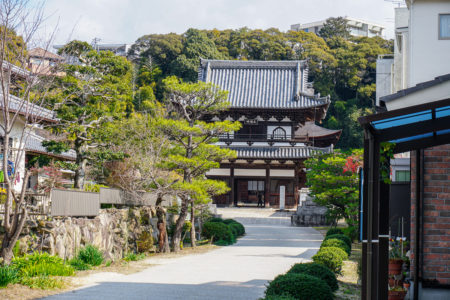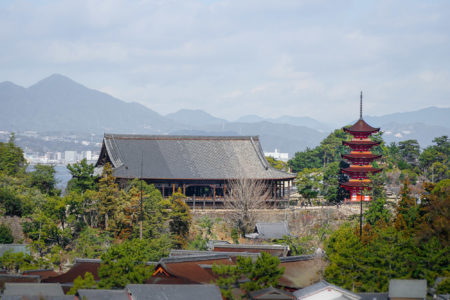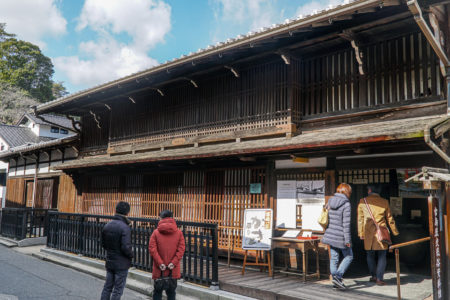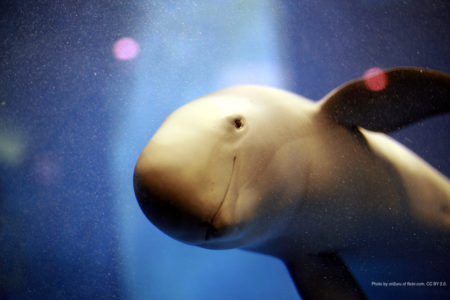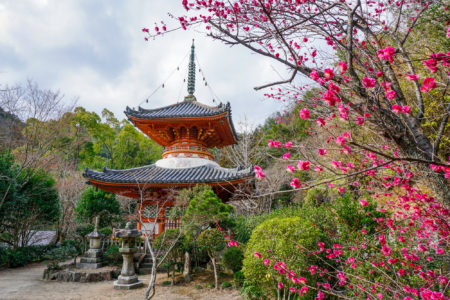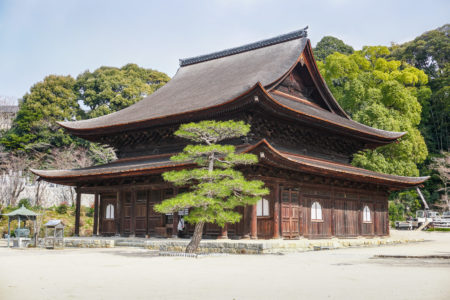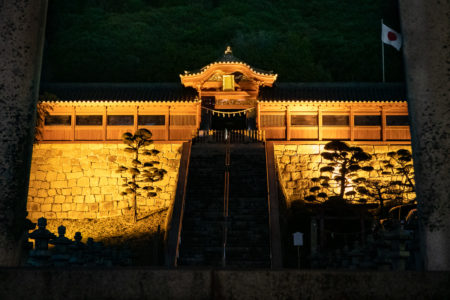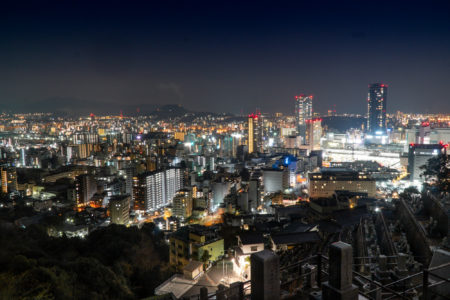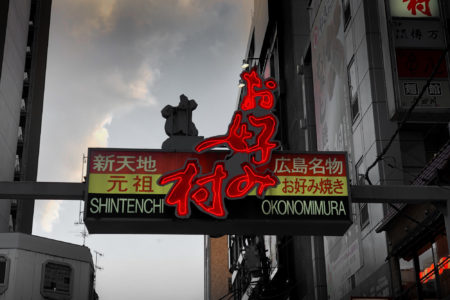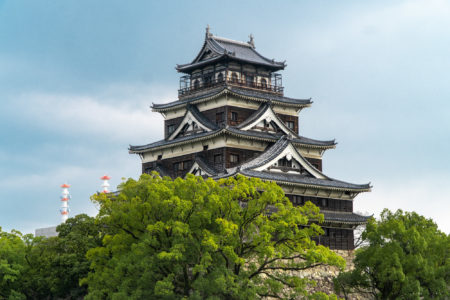The Futabanosato trail is a historic 10km walking trail in Hiroshima. Hiroshima is mostly associated with the atomic bombing which happened on August 6 1945. The history of the horrors which happened here rightfully occupies a lot of the city’s museums, parks and monuments. Today Hiroshima consists primarily of modern buildings as very few buildings …
